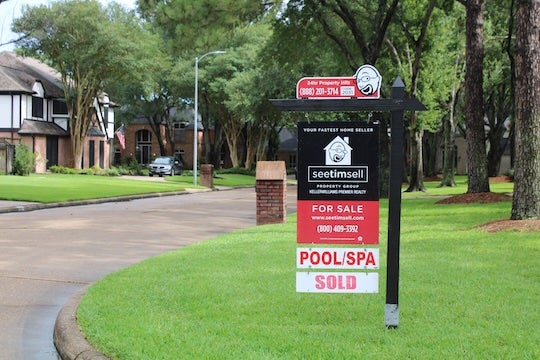Houston may still be considered one of the nation’s more affordable major cities, but that notion is under growing strain. According to the newly released 2025 State of Housing in Harris County and Houston report from Rice University’s Kinder Institute for Urban Research, rising home prices, surging insurance premiums and growing climate risks are reshaping how and where residents can afford to live.

“This year’s report focuses on climate change and resilience, because every single resident in the county is impacted by it,” said Caroline Cheong, associate director of the Kinder Institute’s Center for Housing and Neighborhoods.
This year’s sixth edition includes a dedicated section on climate resilience, offering insight into how environmental factors like flooding, extreme heat and infrastructure gaps interact with housing affordability across the region.
“In addition to the core indicators focusing on housing affordability and population trends, we added analysis that explores the intersection between housing and climate,” said Stephen Sherman, a research scientist at the Kinder Institute. “We’ve long shown that affordability is worsening. This year, we’re showing that the system is not just expensive but also increasingly vulnerable.”

Among the key findings: The median home price in Harris County has climbed to approximately $325,000. Meanwhile, a household earning the county’s median income can only afford a home priced closer to $195,000 — a widening affordability gap that puts homeownership out of reach for many.
“Every year, that gap gets wider,” Sherman said. “Homeowners’ insurance alone increased by 18% in the last year and nearly 40% over the past few years. That’s a cost burden that doesn’t just hit owners, it gets passed down to renters too.”
While renters’ insurance has remained relatively stable, developers are also feeling the pressure.
“Insurance increases are making it harder to finance affordable housing projects,” Cheong said. “Developers can’t get a return on investment, and that’s limiting the housing pipeline.”
The report found that 15,000 additional renter households became cost-burdened in a single year, meaning they spend more than 30% of their income on housing. “There’s a saying: The rent eats first,” Sherman said. “When housing costs rise, families are forced to cut back on groceries, health care and transportation. These are day-to-day impacts.”
Climate-related concerns are especially acute in lower-income neighborhoods. The report shows that about 20% of homes in Harris County are located in a floodway or floodplain. Meanwhile, some neighborhoods lack basic infrastructure — more than a quarter of homes in some areas lack conventional heat sources, and there are some neighborhoods where 1 in 20 homes lack complete plumbing.
“Vulnerable people live in vulnerable places,” Cheong said. “More than 500,000 people in Harris County live in neighborhoods with less access to things like central AC, modern heating and plumbing. That’s a public health concern, especially in a region with extreme temperatures.”
Sherman echoed the concern. “The reality is that our housing system isn’t built to withstand the climate we live in,” he said. “Houston is becoming not only less affordable but less livable.”
Despite these challenges, the report did find a small uptick in homeownership. Cheong said that trend may reflect postpandemic savings or migration from higher-cost states like California and New York.
The 2025 report is the result of months of work by the Kinder Institute’s Center for Housing and Neighborhoods. It pulls from more than 15 data sources and includes a new interactive dashboard for public use.
“This is information for the public good,” Cheong said. “It’s free, it’s accessible, and we hope it helps residents, planners and policymakers better understand conditions across Harris County and move toward solutions.”
The report and dashboard are now available at kinder.rice.edu. A free public webinar discussing the findings will take place June 17 from 10 to 11 a.m. CDT.

